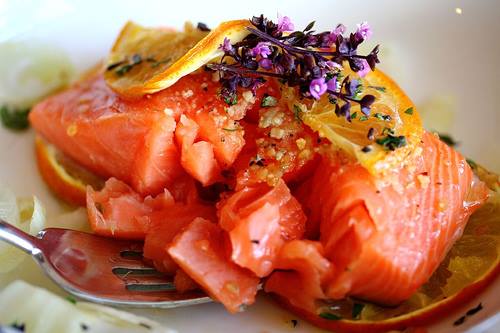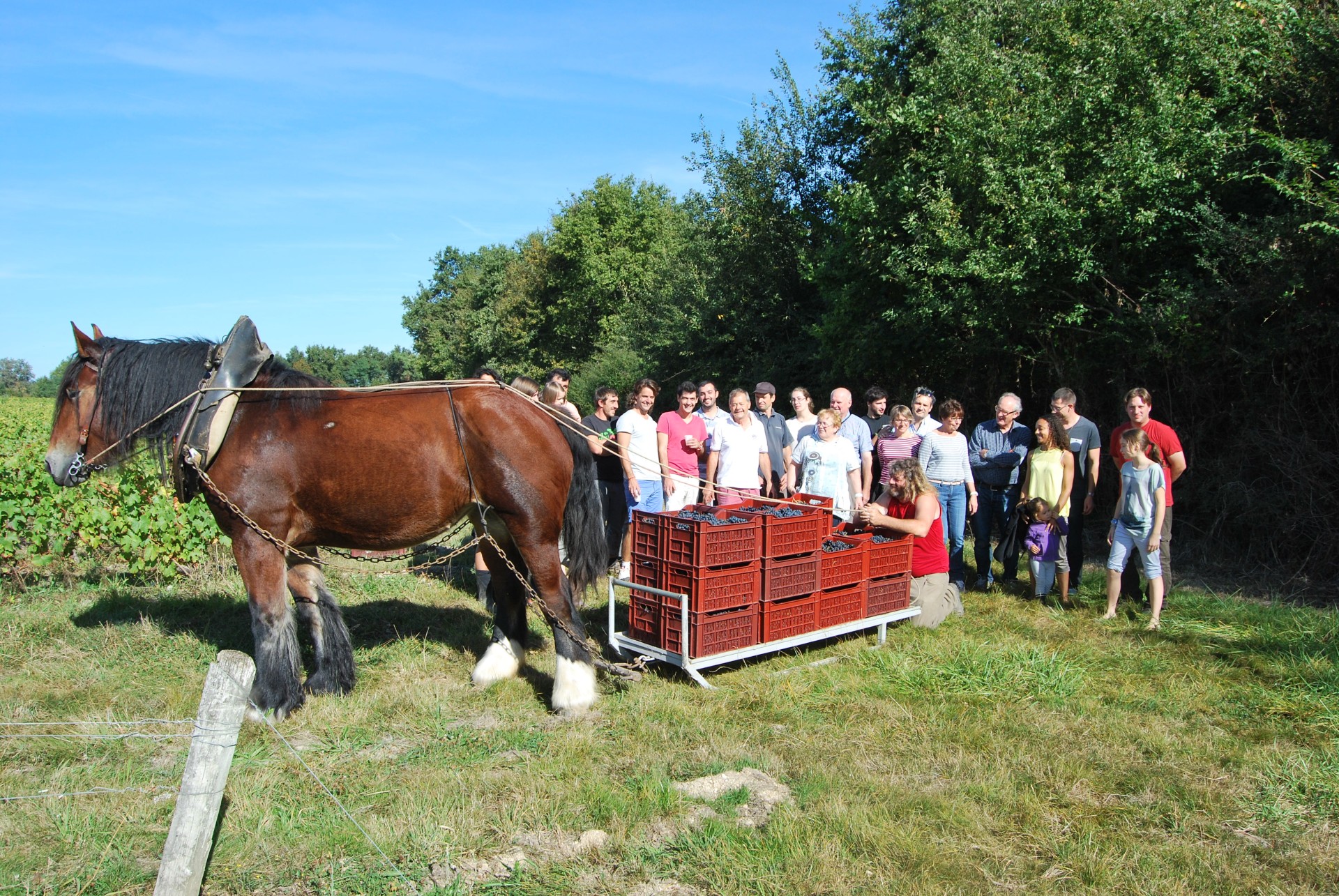

Wine aeration (also known as 'wine carafing') is a technique which consists in bringing oxygen to the wine before serving, in order to improve its aromatic potential and tannins.
Helping wines to reveal their full potential
Oxygen makes wines rounder and softer by melting tannins in red wines (excessive tannins can give a bitter taste to wines and dry out the mouth) and reducing acidity in white whines. It also wakes up aromas (as wines can contain carbon dioxide which masks aromas) - wines "open up".
The large majority of wines -red or white- that haven’t reached maturity yet need to be aerated. Robust wines with strong tannins are those who need to be aerated more to round their tannins. For mature and older wines,aeration can also help to reveal hidden aromas, however it is less needed and should be shorter.
How to do wine aeration
To oxygenate a wine all you have to do is to pour it from its bottle to a carafe (also known as a decanter), you can also add a wine aerator but it is not necessary. Just opening the bottle and letting the bottle stand is possible but will take a much longer time as only a limited surface of the wine is exposed to air – which is also why you should prefer a carafe with a larger base.
Wine must be gently slid down the side of the carafe, and the carafe should of course remain opened. Normally aeration lasts one to two hours, but you can leave the wine in the carafe until 3 hours in case you have a very tannic young wine. Taste the wine regularly during aeration to monitor improvements.
For older wines, aeration should be much shorter. An overly long exposure can result in oxydation: tannins can be destroyed and taste will be affected.
Note that wine decanting is different and refers to the process of reducing the amount of sediment that make it into a glass. However it is done with the same tool: the carafe / decanter.





